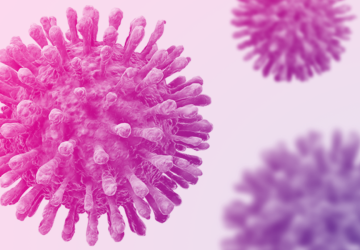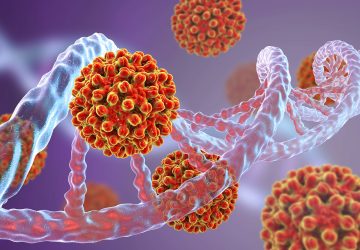Small Molecules Dominate DBS Research
As our database grows, interesting trends in DBS research can be seen. For instance, over the last 10 years, 48% of DBS publications involve small molecules, while 33% and 19% focus on proteins and nucleotides, respectively. HIV was the most tested analyte in both the nucleotide and protein categories with amino acids, acylcarnitines and tacromlimus the most popular for small molecules.
Most Common Analytical Methods
Another fascinating trend is the emergence of mass spectrometry (41%) as the most common analytical method, followed by molecular biology (such as RT-PCR and NGS) at 30%, immunochemistry (22%), and chromatography and spectroscopy at 6 and 1%, respectively.
Growth of Published DBS Research
We can also see the rapidly growing impact of dried blood spot technology. No more than 50 DBS articles were published annually prior to 2009. Since then, however, DBS research has grown faster than ever, with over 100 annual publications since 2012, and over 450 papers within the past two years! Small molecules are the most in demand analytes for the last 5 years, with proteins and nucleotides also picking up the pace.
See for yourself how DBS technology is having a growing impact in clinical research. Search our database by method, analyte, or keyword at /news/https://www.spotonsciences.com/resource-library You can also submit a reference for additions to our database, as we look to constantly expand our knowledge engine!



